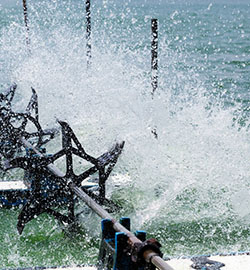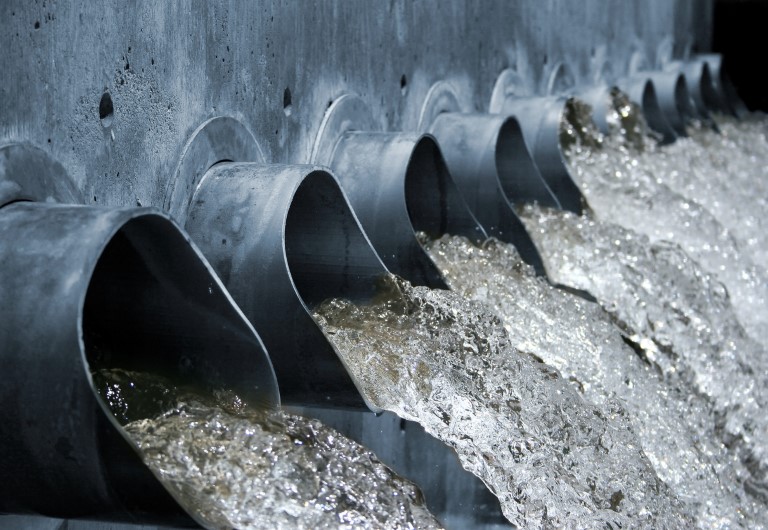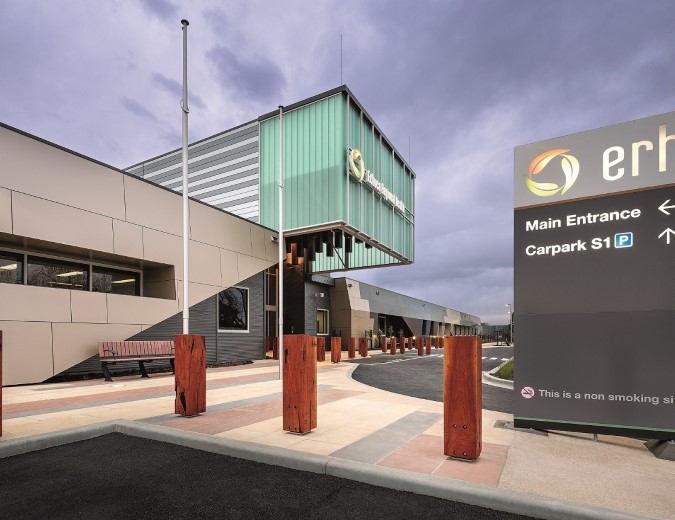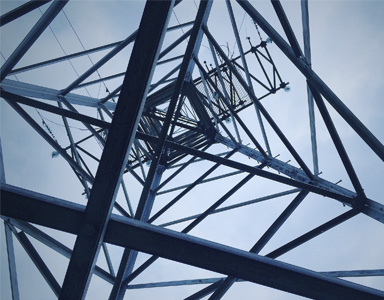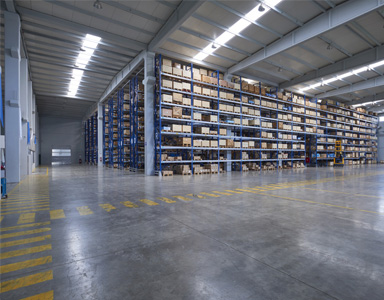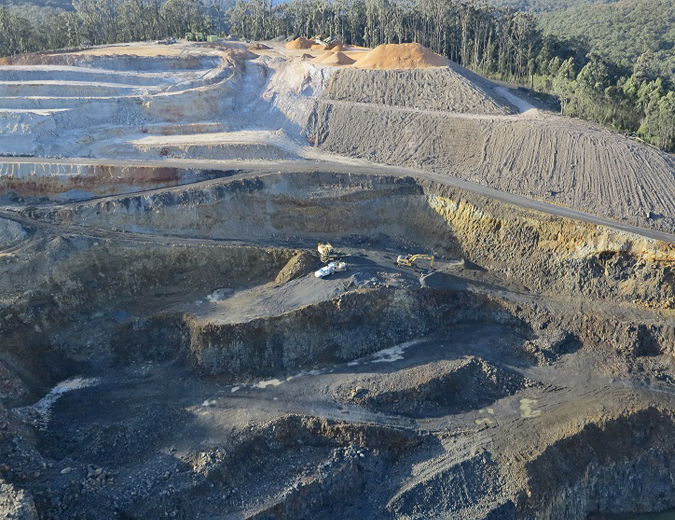You see use cases for Demand Response on the grid that are quite different. At one end of the spectrum we participate in the frequency control market that AEMO runs, which is designed to protect the grid from sudden outages in large plants or transmission lines. We are delivering a resource to the market that can respond in a few hundred milliseconds. In that case we have end-to-end automation, with local intelligence installed at the customer’s site that might immediately shutdown some equipment or turn on backup power generation.
At the other extreme you have emergency resources that either a network utility or AEMO would procure to protect themselves on extreme days of very high demand, such as multiple days of 40-degree weather. In that case it can be more of a manual process, because we typically get one, two or three hours advanced notice. When called upon we can support a lot of processes at the customer facility, which can involve manual operator action.
Third, using Demand Response directly in the wholesale energy market, which is maybe the most interesting type of case in the long run. That’s providing DR to the energy market and being paid the spot price of energy when you do that.
